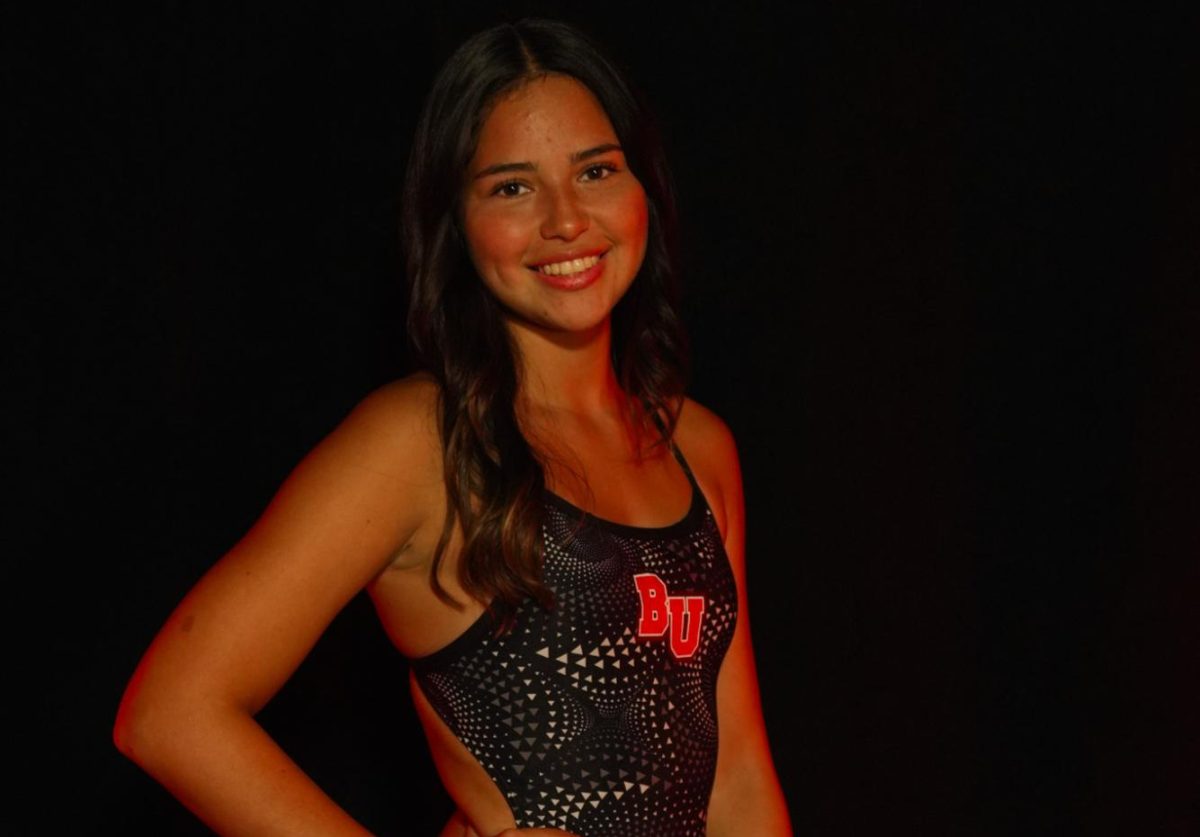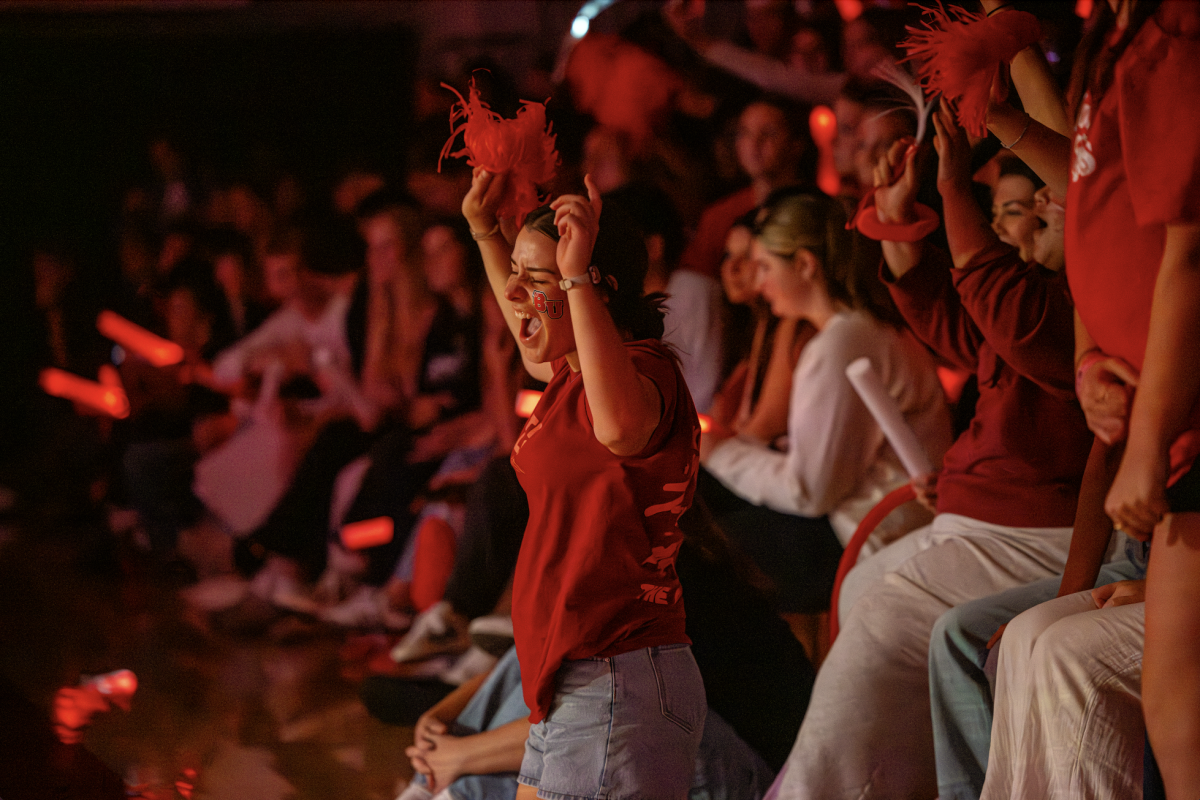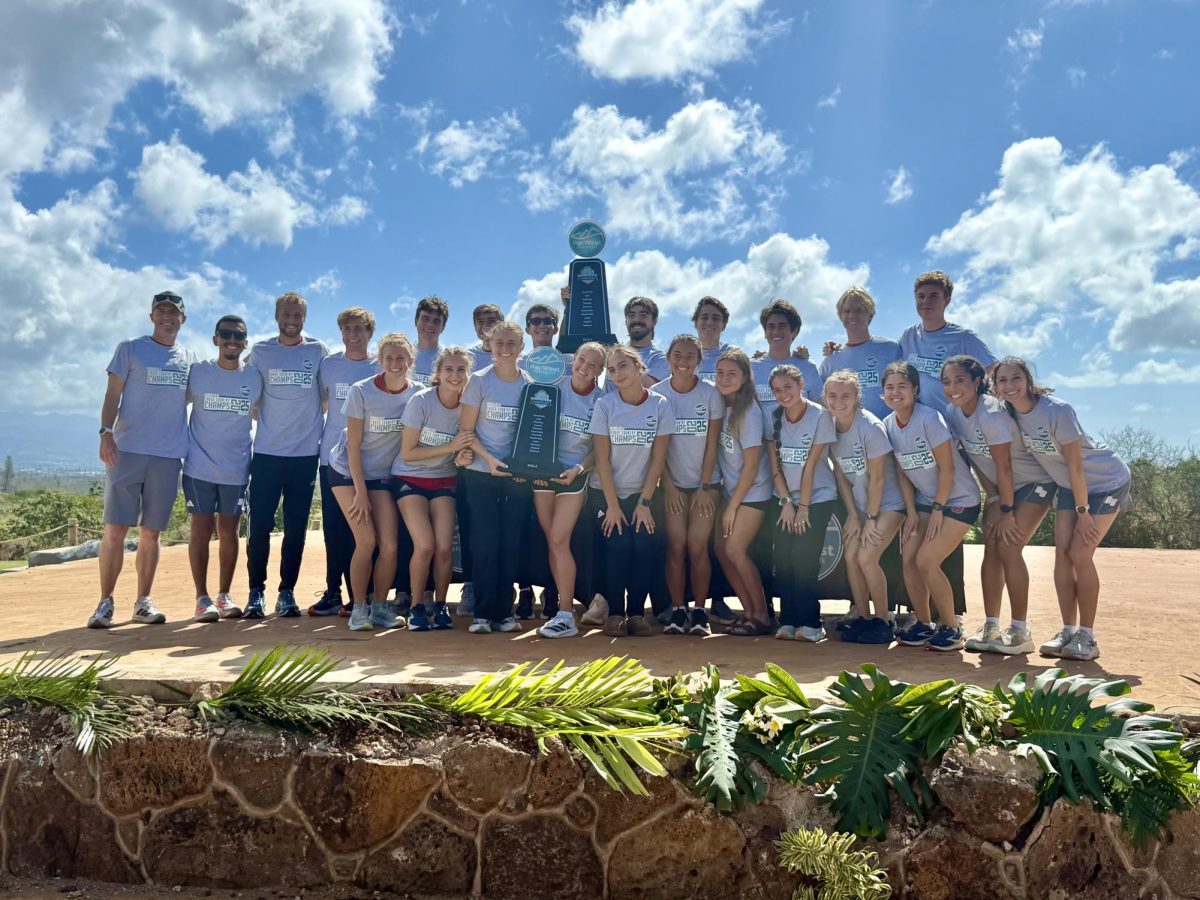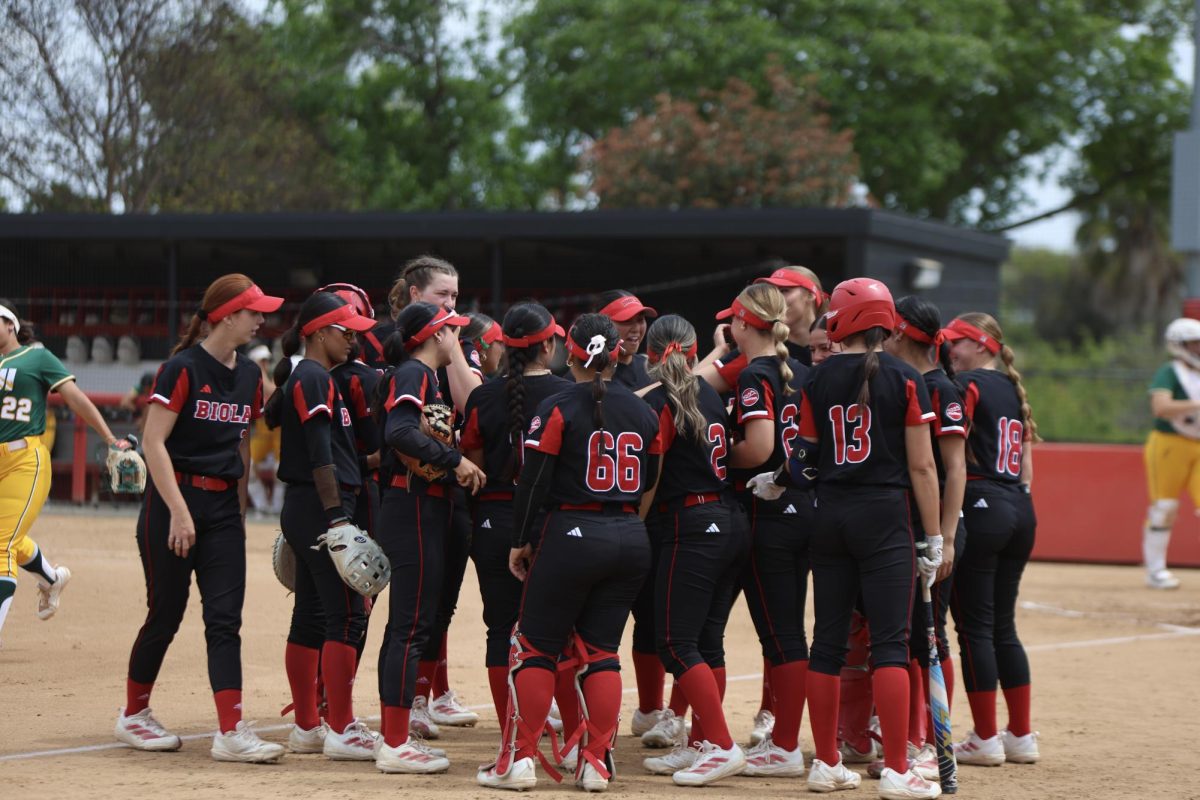Biola’s athletic department has proven itself to be mostly unscathed during a rocky period for the university. In an era in which student enrollment is decreasing, faculty members are being laid off and degree programs are disappearing from Biola’s academic calendar, athletics is virtually untouched by any of these changes.
POST-PANDEMIC NUMBERS
While the university on the whole has struggled to bring in prospective students, the athletics department is excelling in the area of recruitment. Every fall semester since the pandemic, numbers have gradually increased for the student-athlete population. According to an email statement from Eddie Shepard, the associate athletic director for internal operations at Biola, in the fall semester of 2020, Biola had a total of 321 athletes, which increased to 356 in the fall of 2021 and increased once more to 384 athletes in the fall of 2022.
The gradual influx of the student-athlete population at Biola illustrates the efficacy of recruiting by the athletic department in recent years. The onset of diminishing academic opportunities, however, has the potential to negatively impact the upward trend of athletes at the university.
“There’s no doubt that when you lose degree programs you’re going to lose a pool of recruits,” Shepard said. “My hope is that Biola’s uniqueness and community will draw interest from student-athletes and they will consider a similar major that can still help them progress towards their academic and career goals.”
Biola’s faith integration alongside an emphasis on providing an inviting community was a major selling point for current student-athletes.
“Talking about faith and integrating that conversation into every class is really special about Biola,” said freshman men’s basketball player Nathan Medina. “The community at Biola is very welcoming… the school recognizes me as a whole person, not just as an athlete.”
These factors coupled together are recognized by Biola’s athletes and sustain optimism throughout the athletic department that annual recruiting numbers will continue to produce positive results.
“I felt as if Biola would really help me grow in my faith,” explained freshman women’s golfer Abigale Morris. “The coaches really care about [the athletes] and our journey in faith and as people.”
The stories of how student-athletes were drawn to Biola provide evidence of the distinguishable tangibles that contribute to Biola’s singularity among peer universities. Therefore, the hope is that prospective recruits will exercise reasonable flexibility in pursuing a less-desired degree program in order to participate in the experience Biola offers.
PROGRAM CUTS FOR CURRENT STUDENTS
Various students on campus have expressed confusion and concern about how they are affected by academic program cuts. Some Biola students are currently enrolled in degree programs that are no longer accepting new students as of the spring 2023 semester and thereafter. This includes student-athletes, a few of whom still maintain NCAA eligibility to compete for Biola as graduate students.
“We did have a situation where a student was planning on competing in athletics while going to grad school [at Biola] and their program was cut,” explained Shepard. “They had already gone through the whole process [of enrolling in the graduate program] and now the program is done at the end of the school year.”
While graduate students account for a smaller percentage of athletes, their veteran presence greatly benefits Biola’s teams. In the recent history of Biola athletics, graduate students have played crucial roles on conference championship teams. Needless to say, phasing out graduate programs shrinks the already small pool of talented prospective graduate athletes.
LOSS OF AUXILIARY SUPPORT
Biola’s escalating expenses have resulted in significant layoffs for a multitude of employees across campus, none of which belonged to the university’s athletic department. In fact, not a single salary-based athletic staff member was let go by Biola’s leadership in the wake of the current financial crisis as confirmed by Shepard.
Nevertheless, the athletic department will still be hurting as a result of the layoffs; albeit, not to the extent of the majority of departments on campus. Rather, the athletic department will now be responsible for tasks that were previously accounted for by outside support.
“We’re losing a lot of the auxiliary support that we have in place,” Sherpard stated. “We do a lot of travel, a lot of purchasing of equipment and we deal with risk management that people other than [the athletic department] take care of.”
The loss of administrative support places greater administrative responsibility on athletic staff members such as John Wiese — the head of sports medicine.
“The purchasing of all sport medicine supplies is now done directly through me,” said Wiese. “The loss of the purchasing department is probably the biggest impact for athletic training and sports medicine specifically.”
PACWEST TRAVEL PRESSURES
The cost of travel is one of the biggest expenses for athletics and requires a great deal of funding. Biola’s teams travel as far as Hawaii to play conference games, not to mention preseason tournaments along with postseason competitions — which most often require travel. Funding the costs of airfare, hotels, and other travel expenses for 18 teams across men’s and women’s sports is no simple task. This coincides with the fact that travel has become significantly more expensive in recent years. As a result, the university has already been required to be increasingly financially creative in regard to thinking strategically about how travel can be affordable and conducted even prior to the university’s recent changes.
“[Biola] as an institution has implemented a lot of rules because of budget cuts over the last couple of years,” Shepard explained. “We limit the number of people who travel for away games and we primarily use fundraising dollars to cover the cost of non-conference away games … we’ve had to be really creative in the ways that we deal with the costs of travel.”
Additionally, the current effects of Biola’s financial situation regarding the athletic department is not a unique situation. The PacWest Conference features eleven NCAA Division II universities that compete against one another in athletics — one of which is Biola. Economically, nearly every member university of the PacWest is suffering.
“Of all the institutions in our conference, [Biola] is in a good position despite the significant cuts,” Shepard said. “Every school in our conference is going through the same [financial troubles].”
The fact that Biola has maintained all of its athletic staff and athletic teams proves that the university is in better shape than its counterparts. PacWest rival Holy Names University will no longer offer athletics beginning in the fall 2023 semester as a result of financial difficulties.
For that reason, the conversations of affordable travel and rules being implemented are not exclusive to Biola. There is a greater debate taking place among the entire conference office, as a multitude of institutions brainstorm solutions on how to navigate the negative financial effects of the pandemic.



![Scholarships [in the NAIA] are handed out much more need based than talent based. - Junior Meghan Warkentin of the volleyball team](https://chimesnewspaper.com/wp-content/uploads/2017/11/sportsgraphic.jpg)








